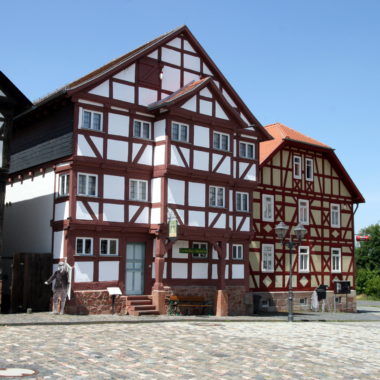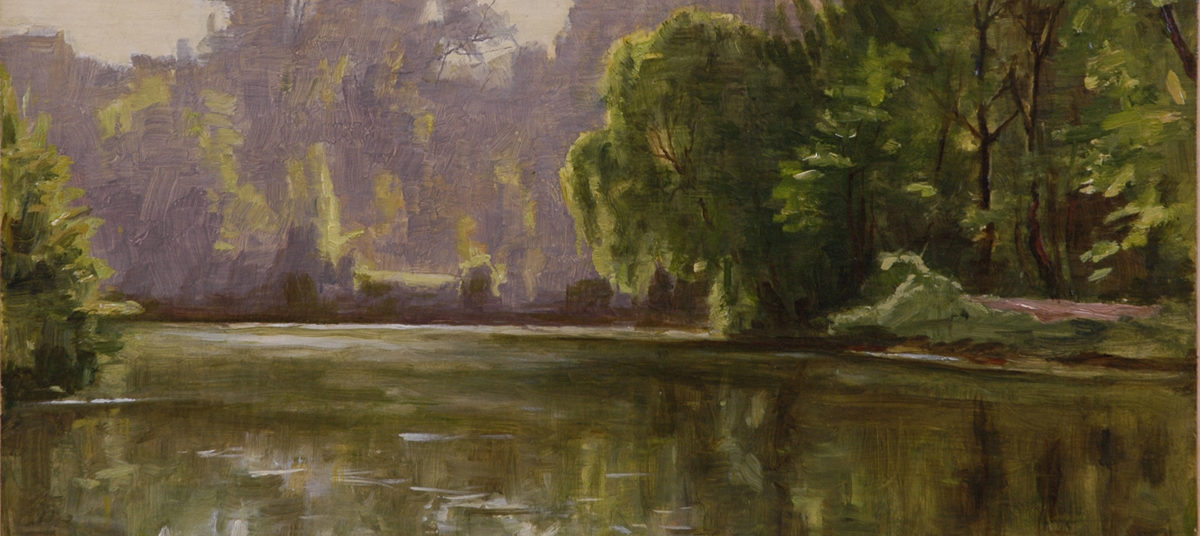
Hesse in Painting

The permanent exhibition Hesse in Painting offers an overview of about a hundred works by over seventy artists from two centuries. The artworks come from the collections of the Hessenpark Open Air Museum, the Friends of the museum and from public and private collections. Artists include well-known names such as Gerhardt von Reutern, Carl Engel von der Rabenau, Johann Heinrich Hasselhorst and Carl Bantzer. The first floor is dedicated to a variety of landscape motifs of Hesse like the Taunus, Westerwald, Vogelsberg and Rhön regions, drawing a history of landscape painting and the representation of rural Hesse from the early 19th century well into the 20th century.
The exhibition in the attic focuses on themes like townscapes, field work, costumes, craftsmanship and customs. The various topics are not treated as isolated units but correspond with one another. What makes this exhibit special, is the juxtaposition of objects of daily rural life and their artistic representation in paintings. Apart from the recording of the characteristics of individual regions of Hesse, the works are also a reflection of a once rural and agricultural culture seen from the perspective of urbanised bourgeois genre painting. Depictions of rural life where very popular during the 19th and early 20th century.
The painters, most of them residents of towns and cities, utilise their motifs as a way of expressing their dreams, yearnings and anxieties shaped by the enormous changes brought about by the modern urban environment in which they lived. It is for a reason that themes like pre-industrial work, unquestioned religiousness and the life of rural extended families are so dominant.

Mit dem Laden der Karte akzeptieren Sie die Datenschutzerklärung von Google.
Mehr erfahren
More links





